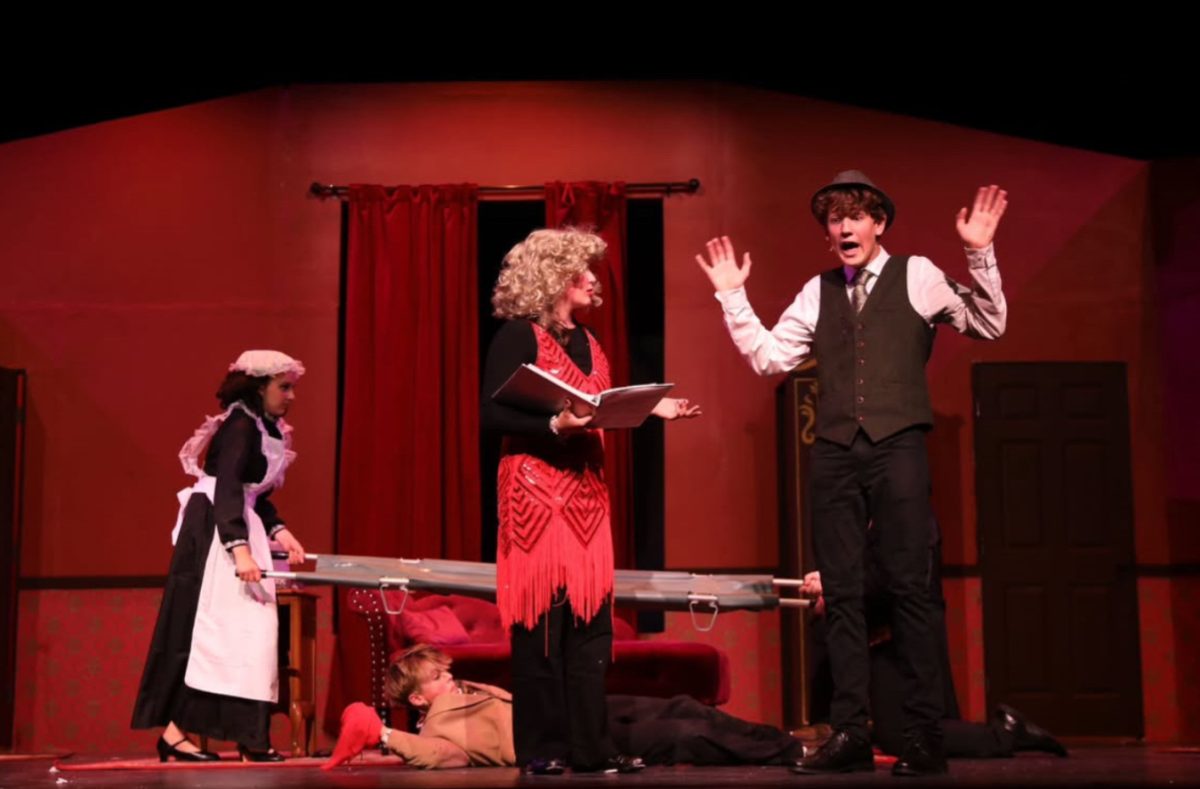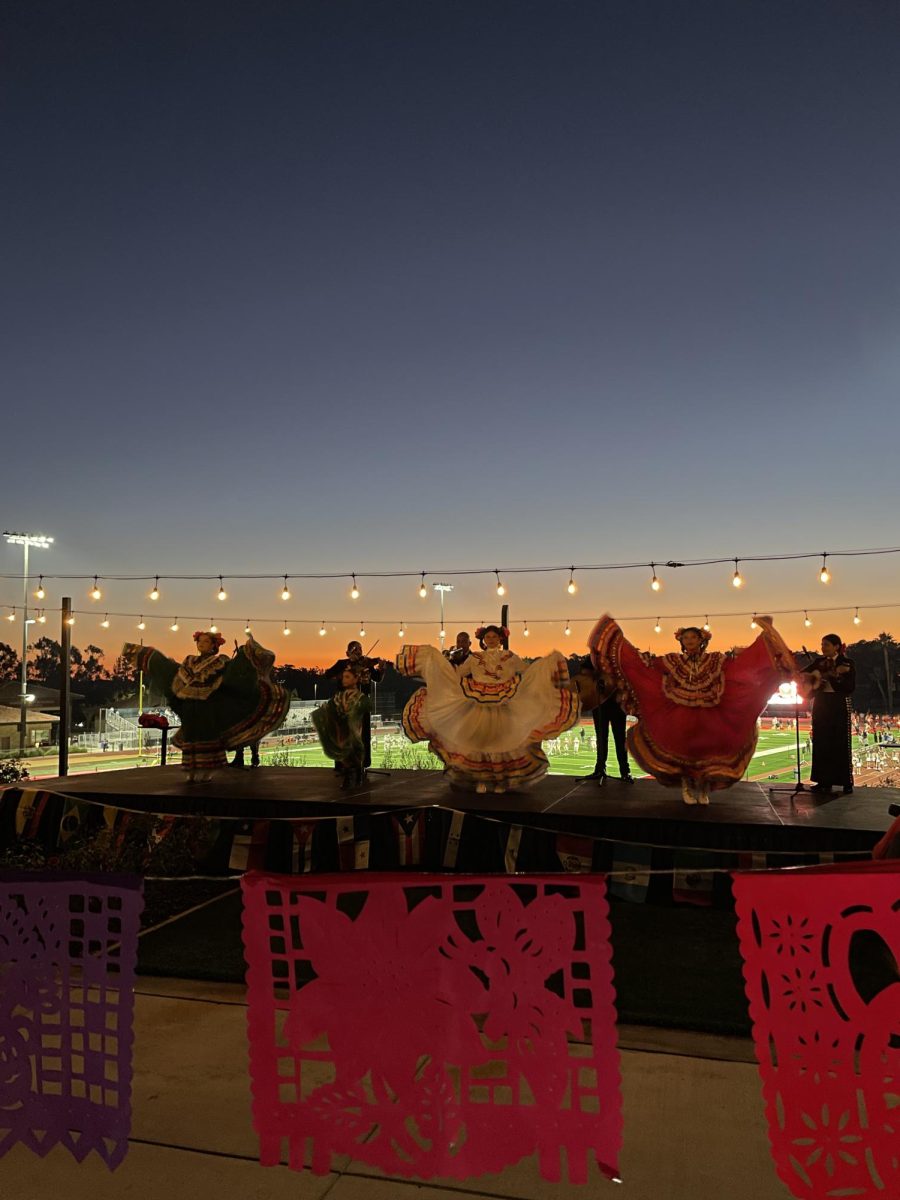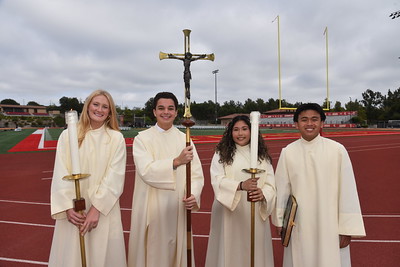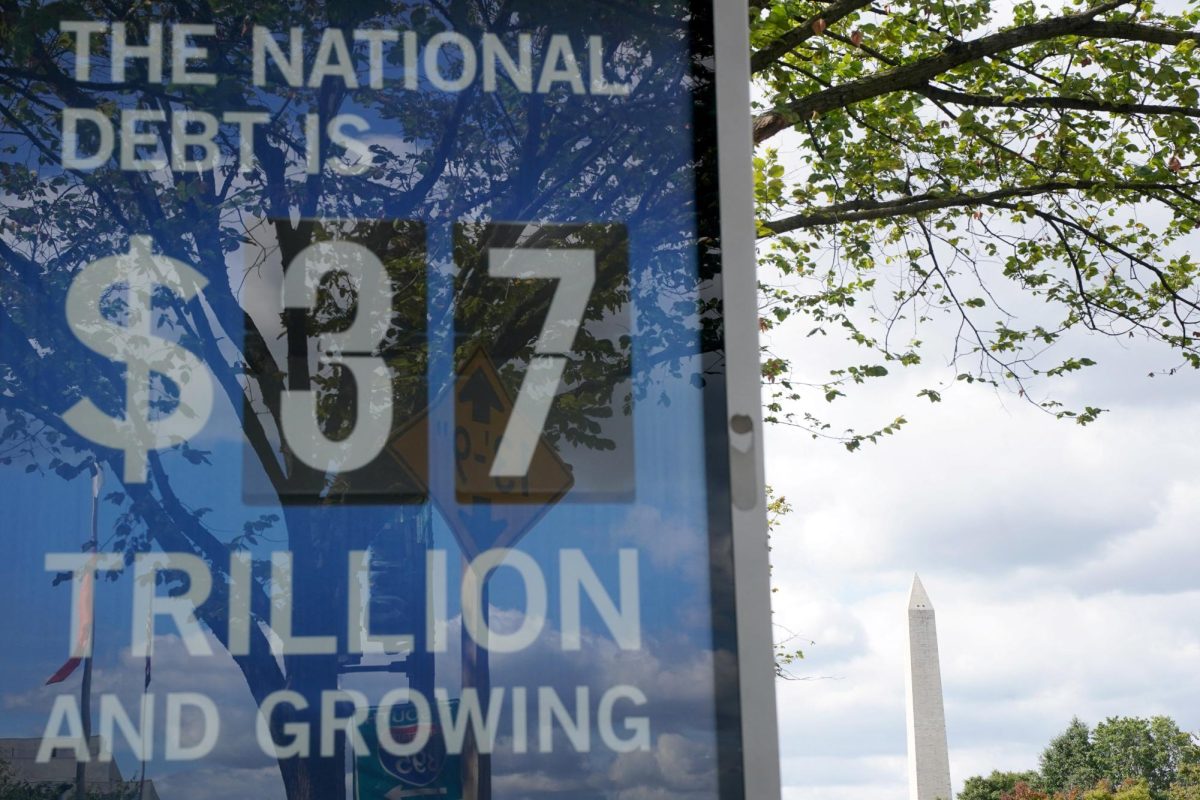Easter is a universally cherished holiday that is widely celebrated. But the deeper reasons for its importance are not very well known. Numerous aspects of Easter’s history and customs are unfamiliar to most people. Learning more about the layers of this holiday’s meaning can enrich our understanding and appreciation of its cultural and religious heritage.
Let’s begin with why we celebrate this holiday. The most important reason why is that Jesus Christ died for us and our sins on the cross. His body was then kept in a tomb blocked by a large boulder. Three days later when His mother Mary and other women went into the tomb to check on His body they saw how His body was gone. He had resurrected from the dead and ascended into heaven and this is what allowed our souls all to enter into heaven after death. This happened on the first Easter Sunday and we now celebrate this one Sunday every year to illustrate our love and appreciation for Jesus Christ and what He did for us and our sins.
Even as Cathedral Catholic students, many people don’t know the meaning and importance of the holiday of Easter or why we celebrate it. An anonymous student from the class of 2026 illustrates, “I don’t know much about the holiday of Easter and I really want to learn more about it. I know it relates back to Jesus and our faith but I’m not sure of anything specific about it.” This goes to show that Easter is not well known enough and should be more talked about.
Preserving traditions like this holiday is crucial to prevent forgetting them over time. As members of a Catholic school like Cathedral, we understand the significance of this holiday. Celebrating this holiday not only honors its historical roots but also reinforces our connection to our faith and community. Through participation in traditions, we strengthen our sense of identity and belonging. These shared experiences foster unity among us. We approach this celebration with reverence, gratitude, and a commitment to passing on these traditions to future generations. In doing so, we make sure that the essence and importance of this holiday is remembered for years to come.
Today, Easter is celebrated by attending Sunday Mass, often accompanied by family and friends, followed by sharing a nice meal together. Children usually participate in Easter egg hunts, excited for the surprises they’ll find inside, typically candies and treats. This tradition dates back to the biblical narrative of women discovering Jesus’s empty tomb, symbolized by the search for eggs, a practice upheld through generations. Additionally, children receive Easter baskets from the Easter bunny, a tradition lacking a definitive origin but is something that is widely celebrated. Lastly, children also participate in painting hard boiled eggs for Easter. These customs, blending religious symbolism with cultural practices, contribute to the celebrations of Easter worldwide, creating a sense of unity and joy among people.
Easter, named after the Anglo-Saxon Goddess Eostre, symbolizing fertility, dawn, and light, holds a wealth of intriguing details that many people don’t know about. Remarkably, more than 1.5 million Cadbury Creme Eggs are crafted daily, displaying the holiday’s sweet importance. Originating in 1873, the tradition of the chocolate egg hunt persists as a fun Easter activity, infusing festivities with excitement and anticipation. In a testament to the holiday’s cultural significance, a single Easter egg was sold for a jaw-dropping $9 million at auction in 2007, highlighting the extraordinary value placed on its symbolism. These interesting facts show people glimpses into Easter’s rich ancient traditions, spanning from ancient goddesses to contemporary traditions, and illustrate the celebration with layers of fascination. While Easter is connected with bunnies, eggs, and religious observances, its underlying meanings add depth and intrigue to the holiday’s timeless charm.






















































